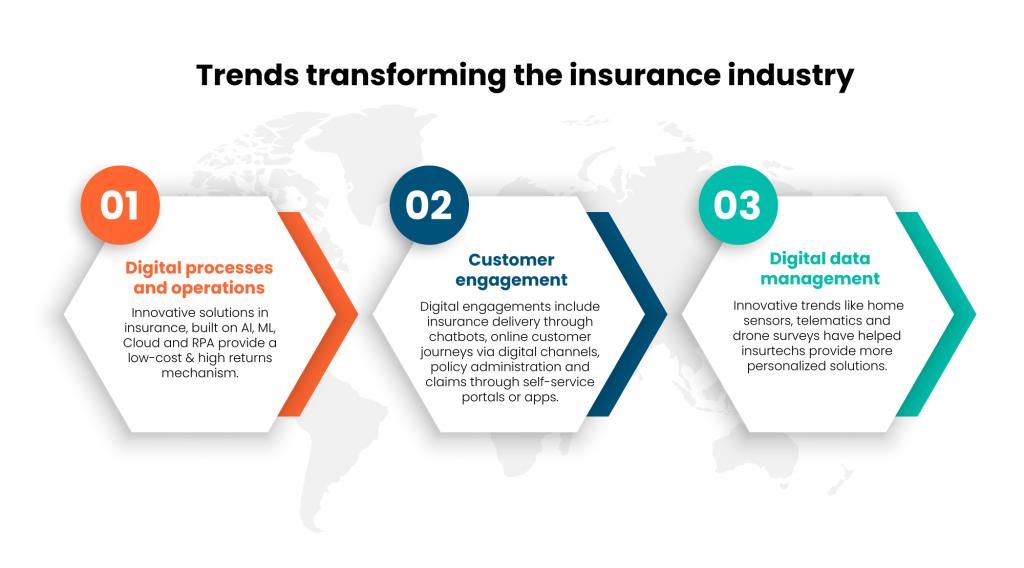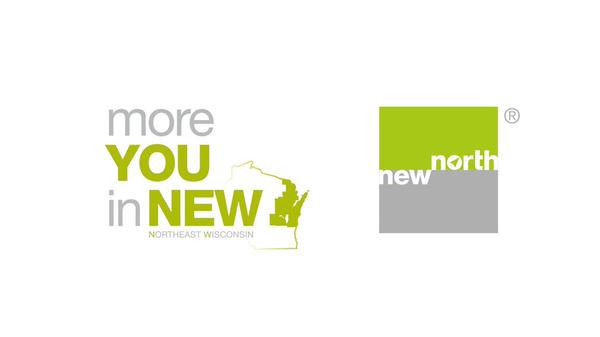DOWNLOADS
Open interactive popupArticle">Article (9 pages)The urgency for change is clear: Already, insurers with more sophisticated IT capabilities have an obvious advantage in terms of agility, growth, and cost ratios, and they are better able to match the increased need for digital offerings. And insurers with market-leading analytics capabilities have a five-year revenue CAGR that’s four times higher than that of competitors.
If this is the reality now, what might 2030 look like?
SidebarAbout the authors
This article was a collaborative effort by Simon Behm, Alexander Erk, Martin Huber, Jens Lansing, Nadine Methner, Björn Münstermann, Peter Braad Olesen, Sandra Sancier-Sultan, Gregor Theisen, and Ulrike Vogelgesang, representing views from McKinsey’s Insurance Practice.
Other industries may reveal the general direction in which things are headed. Incumbents are struggling to keep up with the significant shifts demanded by technology. New, pure digital players, such as PayPal and N26 in retail banking, have not only emerged but also achieved a significant market share in a short time—and even partially captured a market-shaping position. In telco and entertainment, a new set of tech-powered market leaders have gone a step further and fully reshaped the industry—leaving incumbents struggling with rapidly declining market shares or even forcing them to exit the market. And former value chains and operating models are all but obsolete as companies harness new opportunities from digitally enabled partnerships. Take mobility as an example: while traditional carmakers have had exclusive access to their customers, these customers are beginning to weigh purchase decisions based on various elements besides the vehicle’s “hardware.” Indeed, as cars are increasingly developed through partnerships, customers may soon purchase vehicles based solely on the software provider.
So what’s the next move for insurers? After a history of incremental change in insurance, companies are facing an absolute imperative to adapt their traditional operating models. But no one insurer can tackle all the compounding changes. Succeeding in 2030 will require insurers to define where they can excel and where they can form partnerships—and leave the rest to others. And all insurers will need to rethink every aspect of how they operate, from their technology and structures to their processes and people.
Trends affecting insurers’ operating models

Core trends suggest the insurance industry is not immune to the tech-based disruptions facing other industries—customer demands are changing, traditional operating models are under pressure, and new players are emerging.
Most Popular Insights
- When will the COVID-19 pandemic end?
- Feeling good: The future of the $1.5 trillion wellness market
- Six problem-solving mindsets for very uncertain times
- Redefining corporate functions to better support strategy and growth
- COVID-19: Implications for business
These trends are creating a new market—one that will require insurers to make much more radical shifts to their operating models in order to operate successfully. While the full effect of these shifts will be visible only in 2030 or beyond, today three core changes already stand out. First, there is a significant increase in ecosystems and platform businesses that build on customer access. While this offers new opportunities for insurers at the core of such ecosystems, others are in danger of losing direct customer access. Second, utilities and services are increasingly provided across the industry. Given the benefits of scaling described above and a slow but continuous trend toward more standardization in the market, insurers and an increasing number of service providers are offering services across operations, IT, and support functions, in particular. And last, a new breed of highly integrated players, often very specialized and with agile and streamlined operating models, is entering the market—and those players are gaining scale (Exhibit 1).
The pillars of future business models
Amid all this upheaval, companies must think strategically about the role they’re best suited to play and reconstruct their operating models accordingly.
Four roles for insurers
We see four major roles for insurers and other players within the insurance industry (Exhibit 2).
Compared with current industry structures, the biggest changes will come from the B2B2C, product-provider, and enabler roles—and these are also the groups we expect to grow the most. Companies in these roles may offer new business models or harness new opportunities to offer external services for others. Today, an estimated €25 billion in spending goes to these two archetypes in Europe. By 2030, we expect this amount to increase by about 70 percent to more than €40 billion. Most of this value is coming from IT services, followed by operations and support.
Opportunities by size
Insurers now have to ask themselves which strategic moves they should pursue. Depending on their size, they have the following (selected and not exhaustive) options.
Large insurers
Large insurers have opportunities to expand their business model by building on their scale and skill advantages to provide cross-industry services either as enablers (for example, Syncier) or as producers in B2B2C settings (for example, Swiss Re subsidiary iptiQ or Zurich’s bancassurance collaboration with Deutsche Bank). To run this model successfully, capitalizing effectively on scale advantages is key. In particular, insurers should consider streamlining their offerings and operating models to reduce complexity.
Small and midsize insurers
For small and midsize insurers, the strategic options are more nuanced. There are opportunities for these insurers to become producers or enablers similar to large-scale insurers in areas where they have a clearly distinctive capability. One recent example is Neodigital, which is building a cross-industry platform starting from a small customer base. However, these opportunities will be the exception rather than the norm.
Most small and midsize insurers need to review their current operating model and future-proof it. Many insurers can gain from harnessing an increasing set of options to overcome scale and skill disadvantages through cross-industry services or even white labeling.
Setting up for success in 2030
SidebarHow insurers can use technology to differentiate themselves
Opportunities to harness technology as a differentiator include the following:
After players have identified the strategic moves that they’re best suited to make, they must adjust their operating models accordingly across four dimensions: technology, structures, processes, and people. By getting technology adjustments right, insurers can lay the foundation for changes across the other dimensions.
Tech-driven insurers: Getting started
Insurers must act now: getting tech capabilities to the needed state will take years, and the industry is approaching a tipping point in which structures will shift very quickly. A good approach follows four principles:
The anticipated disruptions in the industry are huge. While these will not happen overnight, many of these shifts are already starting, and there’s a clear advantage for first movers. Insurers will benefit from clearly articulating their strategy and then adjusting their operating models accordingly. Shifts of such magnitude will take years, but by laying the groundwork now, insurers can enjoy a strong competitive advantage and brace for 2030.




